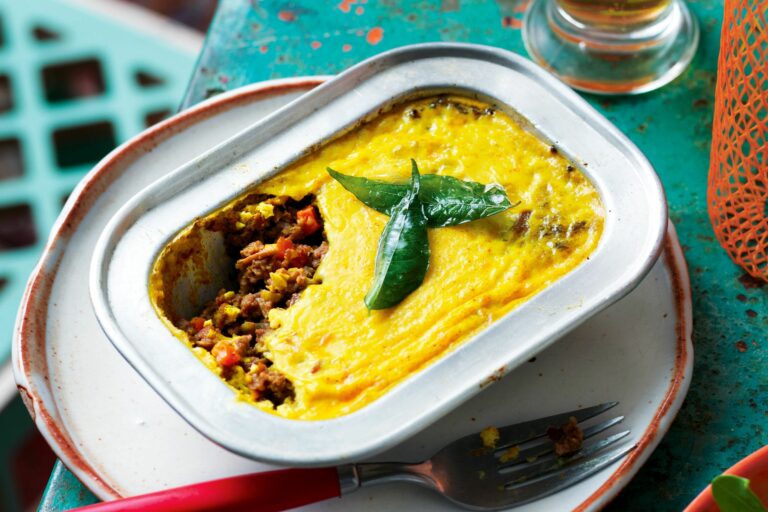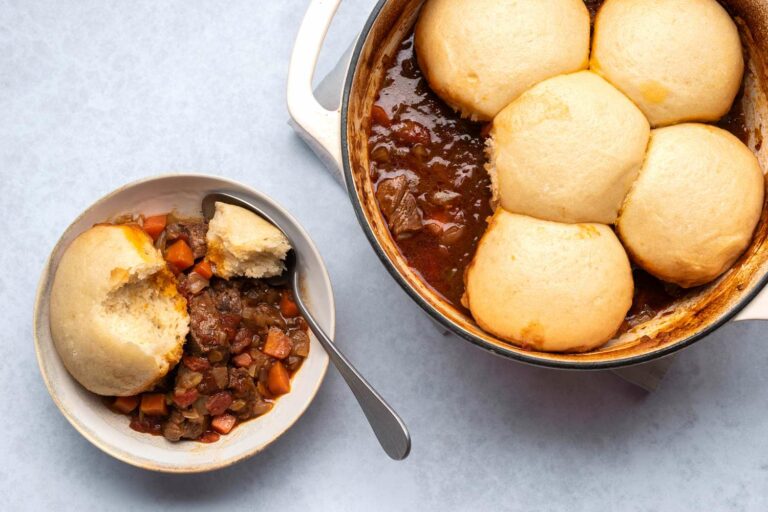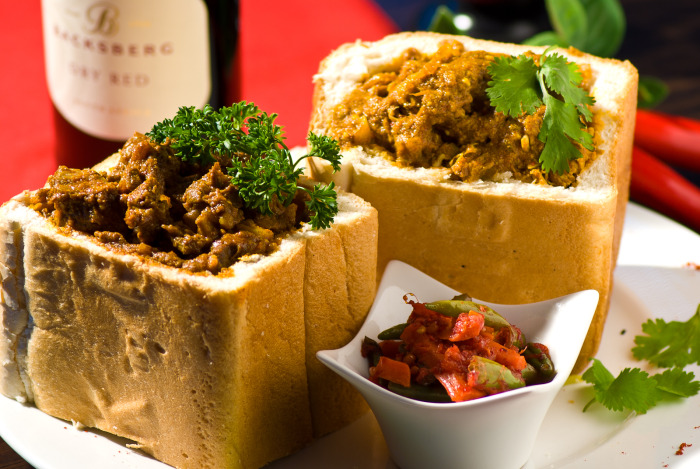Introduction: Breakfast in South Africa
Breakfast is considered the most important meal of the day in South Africa. The country has a rich culinary heritage influenced by various cultures, which makes the breakfast options diverse and flavorful. The typical South African breakfast consists of a combination of hot and cold dishes, including fresh fruit, cereal, eggs, meats, and bread.
Traditional Breakfast Dishes
The traditional breakfast in South Africa is called “biltong and eggs,” which features dried and cured meat served with fried or scrambled eggs. Another popular dish is “boerewors,” a sausage made of beef, pork, and lamb, which is often grilled and served with eggs, toast, and tomato relish. A sweet breakfast option is “mieliepap,” a porridge made from maize meal and served with milk, butter, and sugar.
Modern Breakfast Options
Modern breakfast options in South Africa are influenced by global cuisines and trends. One popular dish is “avocado toast,” served on sourdough bread with mashed avocado, feta cheese, and poached eggs. Another trendy dish is “shakshuka,” a North African dish made of tomatoes, peppers, onions, and eggs, served with bread.
Regional Breakfast Specialties
Each region in South Africa has its own breakfast specialties. In Cape Town, the popular dish is “koesisters,” a sweet and spicy doughnut made with cinnamon, aniseed, and ginger, and served with a sweet syrup. In the Kwazulu-Natal region, “bunny chow” is a popular breakfast, which consists of a hollowed-out loaf of bread filled with curry.
Vegan and Vegetarian Breakfast Ideas
South Africa has a thriving vegan and vegetarian food scene, and breakfast options are no exception. A popular vegan breakfast is “chickpea scramble,” made with mashed chickpeas, spinach, and tomatoes, served with toast. Another vegetarian option is “mushroom and spinach frittata,” made with eggs, mushrooms, spinach, and cheese.
Popular South African Breakfast Drinks
South Africans love their beverages, and breakfast is no exception. “Rooibos tea” is a popular breakfast drink, made from the leaves of the Rooibos plant and known for its health benefits. Another popular drink is “Milo,” a chocolate malt beverage mixed with hot milk. In addition, South Africa is known for its quality coffee, with many artisanal coffee shops offering a variety of espressos, cappuccinos, and lattes.
In conclusion, South Africa offers a diverse and flavorful breakfast scene, with traditional and modern dishes, regional specialties, vegan and vegetarian options, and popular drinks. Whether you prefer sweet or savory, hot or cold dishes, there is something for everyone to enjoy.









